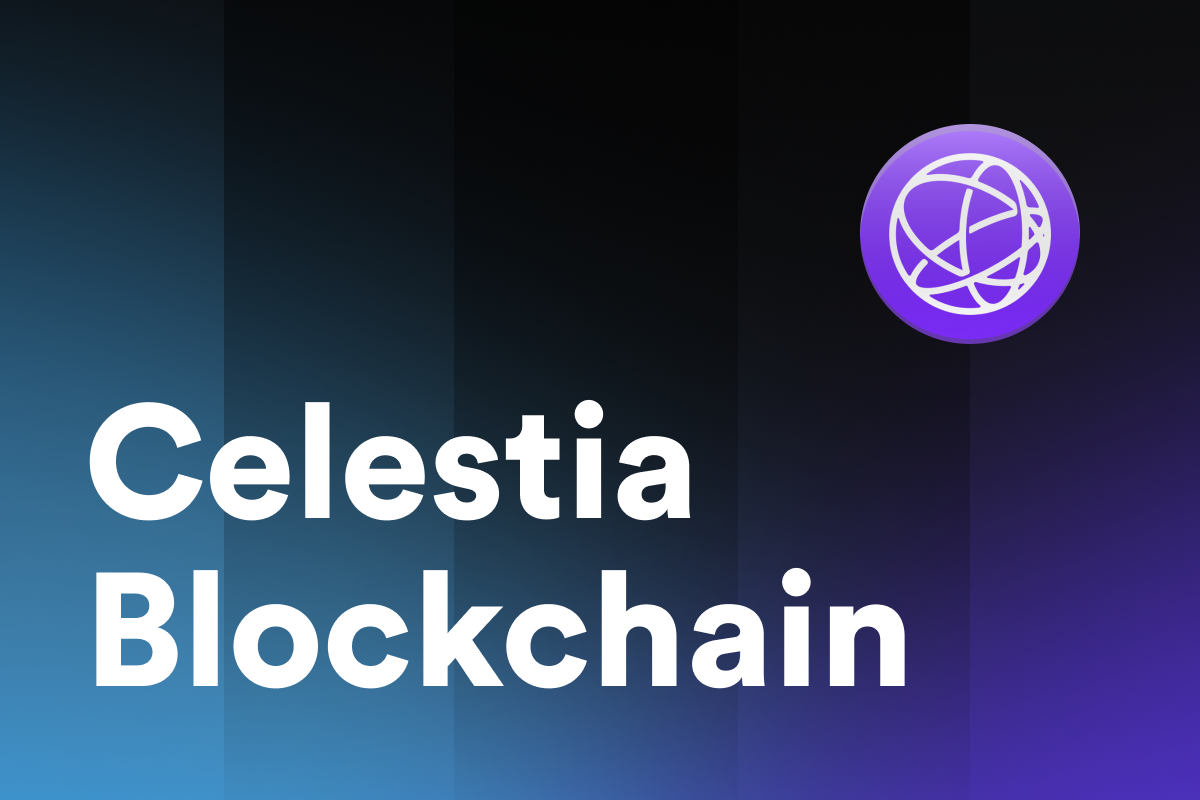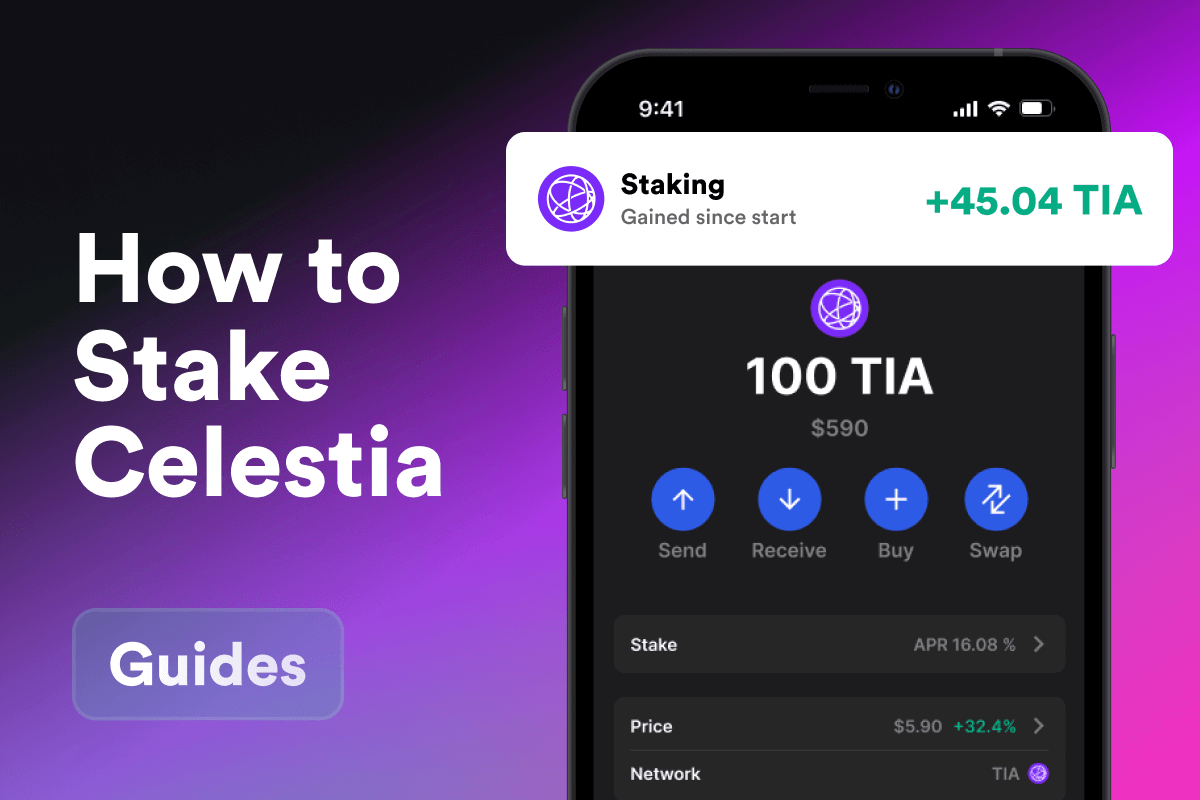
What Is Celestia?
Celestia is a revolutionary blockchain platform that stands out in the ever-evolving blockchain landscape. In contrast to traditional blockchains, which combine key functions in one layer, Celestia takes a modular route. This distinctive modularity sets Celestia apart as a leader in the next wave of blockchain technology.
What Is Blockchain Modularity?
Blockchain modularity is a transformative approach in blockchain design, differing significantly from the traditional monolithic blockchain architectures of early cryptocurrencies like Bitcoin and Ethereum. Traditional blockchains are monolithic, meaning they integrate essential functions such as data availability, consensus, execution, and settlement into a single layer. While this approach has its merits, it often leads to scalability and flexibility challenges. Modular blockchains break away from this monolithic model by specializing and optimizing each function. This specialization allows for different layers within a blockchain to focus exclusively on a specific task, thereby enhancing overall efficiency and performance.
The specific roles that modular blockchains can focus on include:
- Execution: Process transactions.
- Consensus: Order transactions.
- Settlement: Dispute resolution and bridge (optional).
- Data availability: Ensure data is available.
How Does Celestia Work?
Celestia adopts a modular framework, distinctly separating the functions of a blockchain into layers, primarily between the consensus layer and the execution layer.
Celestia Layers
-
In Celestia, the consensus layer is responsible for agreeing on the sequence and validity of transactions. Unlike traditional blockchains, this layer does not execute transactions but simply records their occurrence and order.
-
A key feature of Celestia is its emphasis on data availability. This layer ensures that every transaction’s data is stored and readily accessible to anyone in the network, maintaining the blockchain’s integrity and transparency.
-
The execution layer (execution of transactions) in Celestia is delegated to external chains or rollups, which handle the actual computation of transactions and smart contracts, independently publishing their transaction data back to Celestia. This design reduces Celestia’s computational load, allowing it to focus on storing transaction data and maintaining consensus.
Rollups
- Rollups are mini-blockchains or layers that execute transactions by bundling several transactions together and posting this data to Celestia, enhancing the main chain’s processing and storage efficiency.
Customizability
- Celestia offers developers the flexibility to create their own execution environments or rollups, tailored for specific application needs, enabling a diverse range of applications to coexist on the Celestia network.
Scalability and Security
- By offloading execution to rollups and focusing on consensus and data availability, Celestia achieves high scalability and robust security. The separation of layers ensures that the core consensus layer remains secure, even if an execution environment is compromised.
The TIA Token: Purpose and Function
Celestia introduces the TIA token, a fundamental component of its ecosystem with a multitude of roles and a carefully planned economic model.
Tokenomics of TIA
-
Hard Cap: The TIA token has a fixed maximum supply of 1 billion tokens, ensuring a cap on the total number that will ever be in circulation.
-
Inflation Rate: Initially, TIA is designed to have an inflation rate of 8% in its first year.
-
Decreasing Inflation: The inflation rate is structured to decrease by 10% each year, gradually tapering off until it reaches a floor of 1.5% annually. This decreasing inflation model is designed to balance the needs of network security with the economic viability of the token.
Uses of TIA
-
Data Availability Fees: Developers utilizing Celestia for data availability solutions are required to pay fees in TIA. This mechanism ensures that the network is compensated for its data hosting and distribution services.
-
Network Fees: Sending tokens from your Celestia wallet incurs a network fee in TIA, balancing resource usage with efficient processing. This not only reinforces TIA’s role as a vital utility token but also ensures smooth and secure transactions within the network.
-
Staking in Proof-of-Stake: Aligning with its proof-of-stake (PoS) consensus mechanism, Celestia leverages TIA for staking. Token holders can stake their TIA to participate in the network consensus, contributing to network security and earning staking rewards in return.

